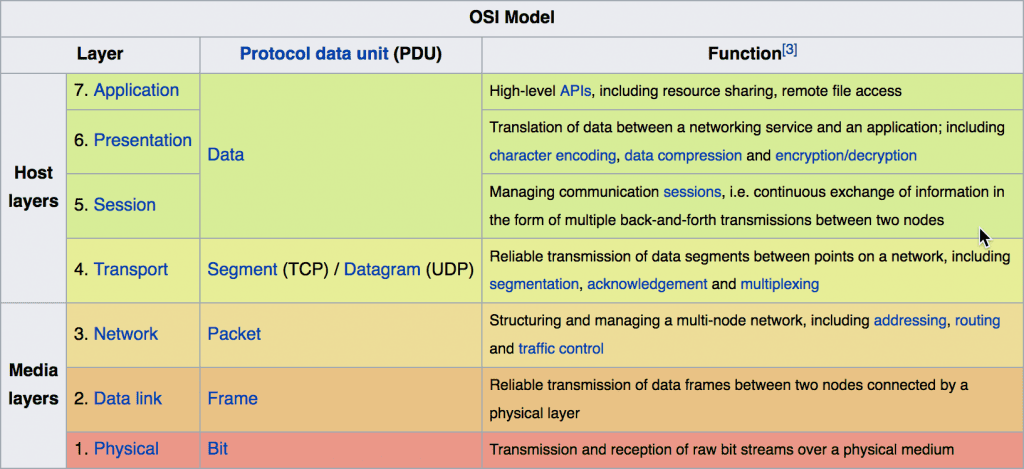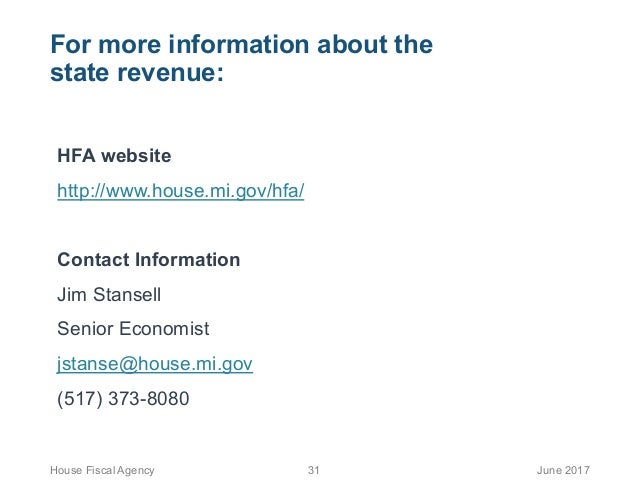
Image source: https://www.6connect.com/wp-content/uploads/OSI-network-model-1024x469.png
The Application Layer (Layer 7) refers to communication services to applications and is the interface between the network and the application. Most application layer protocols offer services that programs use to access the network, such as the Simple Mail Transfer Protocol (SMTP).
Application layer protocols often include the session and presentation layer functions. A typical protocol stack consists of four separate protocols, which run at the application, transport, network, and data-link layers.Examples include: Telnet, HTTP, FTP, Internet browsers, NFS, SMTP gateways, SNMP, X.400 mail, and FTAM.
The Presentation Layer (Layer 6) defining data formats, such as ASCII text, EBCDIC text, binary, BCD, and JPEG and is responsible for formatting data exchange.. Encryption also is defined as a presentation layer service. Examples include: JPEG, ASCII, EBCDIC, TIFF, GIF, PICT, encryption, MPEG, and MIDI.
The Session Layer (Layer 5) defines how two computers establish, synchronize, maintain, and end communication sessions. This includes the control and management of multiple bidirectional messages so that the application can be notified if only some of a series of messages are completed. This allows the presentation layer to have a seamless view of an incoming stream of data. The presentation layer can be presented with data if all flows occur in some cases. There are no separate session layer protocols as there are at the lower layers. Session layer functions are integrated into other protocols that include presentation and application layer functions. The transport, network, data-link, and physical layers are concerned with the proper transmission of data across the network. The session layer and above are not involved in that part of the communications process. The session layer provides 22 services. The most important of these services are called dialog control and dialog separation. Examples include: RPC, SQL, NFS, NetBIOS names, AppleTalk ASP, and DECnet SCP.
Transport Layer (Layer 4) defines several functions, including the choice of protocols. The most important Layer 4 functions are error recovery and flow control. The transport layer may provide for retransmission, i.e., error recovery, and may use flow control to prevent unnecessary congestion by attempting to send data at a rate that the network can accommodate, or it might not, depending on the choice of protocols. Multiplexing of incoming data for different flows to applications on the same host is also performed. Reordering of the incoming data stream when packets arrive out of order is included. Examples include: TCP, UDP, and SPX.
Network Layer (Layer 3) defines end-to-end delivery of data packets and defines logical addressing to accomplish this. It also defines how routing works and how routes are learned. The OSI Reference Model fragments a packet into smaller packets to accommodate media with smaller maximum transmission unit sizes. The Internet Protocol (IP) is the cornerstone of the Transmission Control Protocol/Internet Protocol (TCP/IP) suite and the most frequently used network layer protocol. Other examples include: IPX, AppleTalk DDP, NetBIOS, NetBEUI and ICMP.
Data Link Layer (Layer 2) is the channel between the computer's networking hardware and networking software. This layer is concerned with getting data across one particular link or medium. The data link protocols define delivery across an individual link. These protocols are necessarily concerned with the type of media in use. To implement a data-link layer protocol, the following hardware and software is needed: Network interface cards (NICs), which are also called Network adapters; Network adapter drivers;
